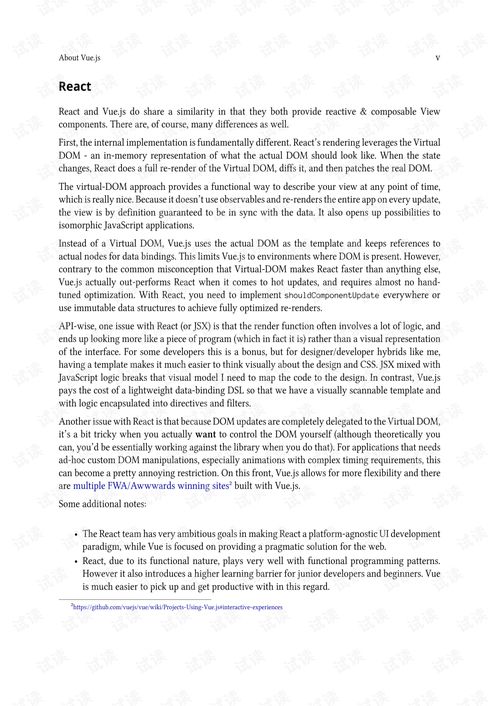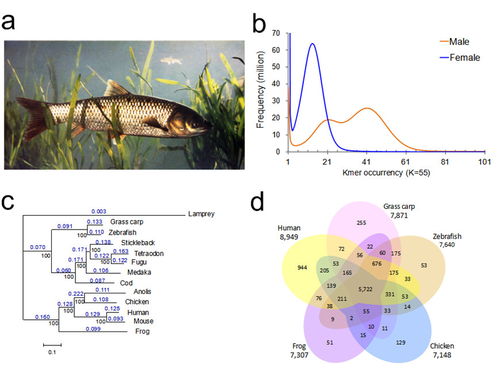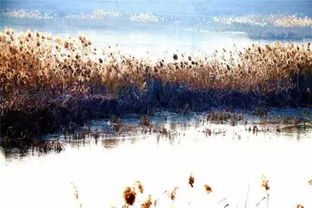Content:
Introduction:
As a beginner angler, one of the most crucial skills to master is the art of tackle adjustment. The way you set up your fishing rod, line, and bait can significantly impact your chances of catching fish. In this article, we will discuss the essential techniques for adjusting your tackle, enabling you to become a more successful angler.
Choosing the Right Tackle:
Before diving into the world of tackle adjustment, it's important to choose the right equipment for your fishing needs. Here are some key factors to consider:
a. Rod: Select a rod that is suitable for the type of fish you are targeting. Longer rods are ideal for casting, while shorter rods are better for close-range fishing.
b. Reel: A spinning reel is a great choice for beginners, as it is easy to use and offers excellent control. Make sure the reel is properly matched to your rod.
c. Line: Use a line that is appropriate for the fish you're targeting and the conditions you're fishing in. Monofilament, fluorocarbon, and braided lines all have their advantages, so do your research to find the best option for you.
d. Lures and Bait: Choose lures or bait that mimic the natural prey of the fish you're targeting. Experiment with different types to see what works best.
Understanding the Basics of Tackle Adjustment:
Now that you have the right equipment, it's time to learn how to adjust your tackle. Here are some fundamental concepts to keep in mind:
a. Balance: Ensure that your lure or bait is balanced evenly on the line. This will help you achieve a natural presentation and make it easier to detect bites.
b. Depth: Adjust the weight of your lure or bait to achieve the desired depth. This is crucial for targeting fish that are swimming at different levels in the water column.
c. Sensitivity: The sensitivity of your tackle setup will determine how well you can detect subtle movements and bites. Choose a setup that allows you to feel even the smallest nibbles.
Tackle Adjustment Techniques:
Now that you understand the basics, let's delve into some specific techniques for adjusting your tackle:
a. The Bobber Setup: If you're using a bobber, adjust the weight of the bobber so that it floats just above the water surface. This will allow you to detect when the bobber is pulled under by a fish.
b. The Carolina Rig: For this technique, attach a weight to the end of your line, followed by a swivel, leader, and lure. Adjust the weight so that it sits on the bottom of the water column, allowing you to fish at the desired depth.
c. The Dropshot Rig: This rig involves attaching a weight to the end of your line, followed by a leader, and then your lure. Adjust the weight so that it falls to the desired depth, allowing you to fish in different layers of the water column.
d. The Jig and Pig Setup: Attach a jig to the end of your line, followed by a weight, and then a soft plastic lure. Adjust the weight so that the jig sits at the desired depth, and experiment with different retrieves to entice fish.

Practice and Patience:
Like any skill, tackle adjustment takes practice and patience. Spend time experimenting with different setups and techniques, and don't get discouraged if you don't catch fish right away. With persistence, you'll eventually master the art of tackle adjustment and become a more successful angler.
Conclusion:
As a beginner angler, mastering the art of tackle adjustment is crucial for your success on the water. By choosing the right equipment, understanding the basics of tackle adjustment, and practicing different techniques, you'll be well on your way to becoming a more skilled angler. Remember to be patient and persistent, and enjoy the process of learning and improving your fishing skills. Happy fishing!












